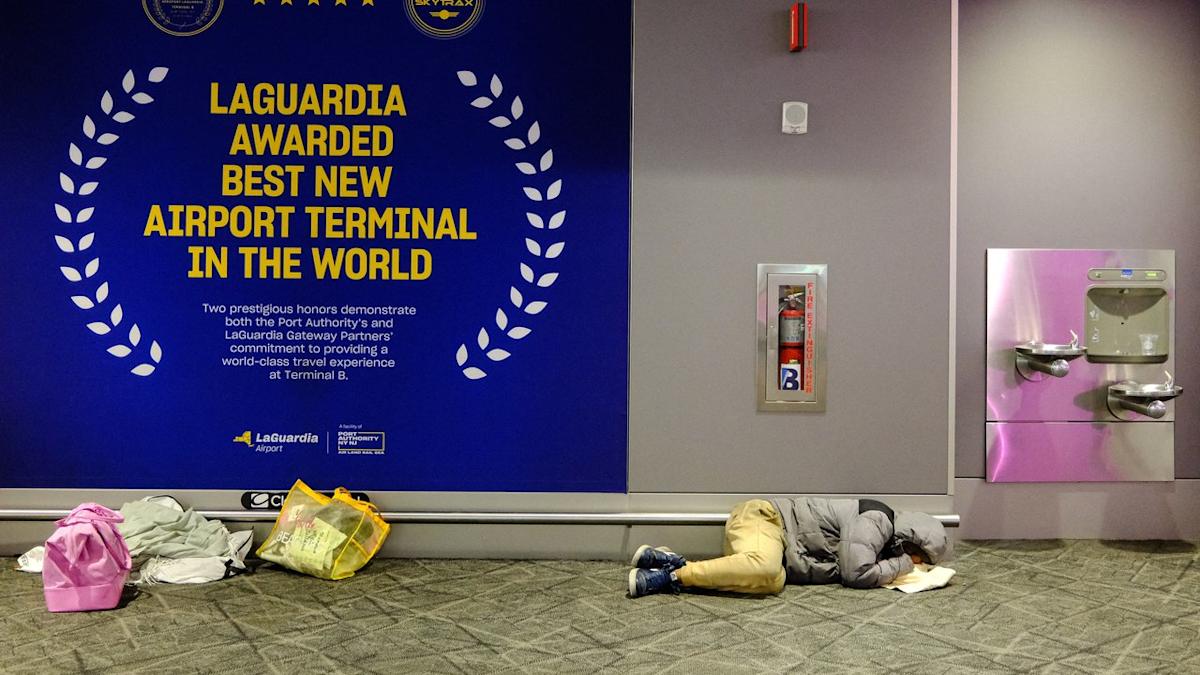Economic winners and losers in the U.S. government shutdown
Finally, after 40+ days, the longest government shutdown in U.S. history is grinding to a close.
Late Monday, the Senate approved a stop-gap spending package by a 60-40 vote, keeping most federal agencies funded through January 30. The House is expected to pass it as soon as Wednesday, sending it to President Donald Trump for his signature.
That vote will reopen much of Washington, but not before a wave of damage cascades through the nation, with tens of thousands of flights delayed or canceled, 42 million Americans facing food-aid disruptions, and hundreds of thousands of federal workers and contractors forced to go without pay.
But economists caution that the reopening won’t erase the losses. Goldman Sachs spoke of the significant economic impact, likely exceeding any previous shutdown. The Congressional Budget Office estimates as much as $14 billion in output may be permanently lost, affecting fourth-quarter GDP.
Markets appeared to cheer the deal, with the S&P 500 rising as much as 1.5% on Monday alone. But the broader economy will take longer to heal. Here’s a look at how the damage—and relief—breaks down by sector.
Despite the shutdown, defense contractors likely kept up business as usual, in large part because the Pentagon, constrained yet insulated, continued to function much as usual. Major defense firms were largely insulated, with most operations funded through permanent appropriations. And because the stop-gap bill specifically extends funding for the Department of Veterans Affairs as well as for military construction projects, companies in the larger defense supply chain will likely see higher, smoother cash flow ahead.
Investors, after riding a bull market for much of 2025, still reacted with enthusiasm to news of the Senate vote and possible House vote. Major indexes rallied. The Nasdaq alone perked up nearly 2%. In recent weeks, prediction markets wavered as to whether a data-blind Federal Reserve would continue to cut rates into the end of the year, but now, with a clearer field and ready access to economic reads, traders appear to favor the odds of a third cut in December.
The Senate deal funds the Department of Agriculture, stabilizing farm payments and food-safety oversight after weeks of uncertainty. For large food companies, that likely means less disruption to inspections and supply chains.
It’s reasonable to guess that, during the shutdown, some affected households likely turned to buy-now-pay-later plans, paycheck-advance apps, and gig-work platforms to fill income gaps. The pattern could persist for a few weeks as back pay trickles out into checking accounts, temporarily boosting business for lenders and task-based apps.



Leave a Comment
Your email address will not be published. Required fields are marked *